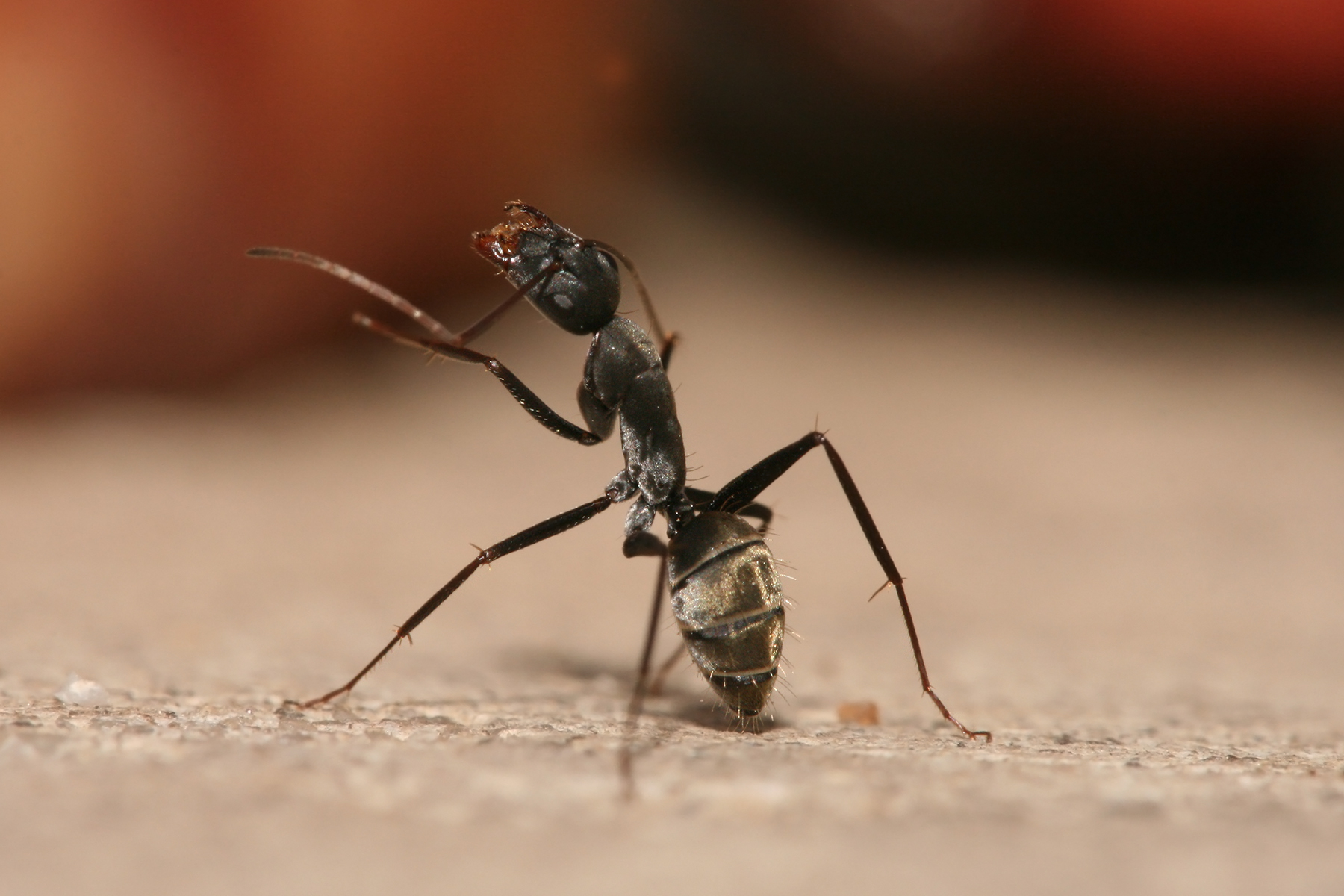|
Myrmentoma
''Myrmentoma'', the cleft-lip carpenter ants, is a subgenus of ''Camponotus'', the carpenter ants. Its Nearctic species nest in galls, branches and stems of plants, under tree bark, in wood and buildings, or soil. Colonies are generally small with a few dozen or a few hundred workers. Species As of 2024, ''Myrmentoma'' contains 55 recognized species. *''Camponotus abrahami'' *''Camponotus aegaeus'' *''Camponotus aktaci'' *''Camponotus anatolicus'' *''Camponotus anthrax'' *''Camponotus atricolor'' *''Camponotus bakeri'' *''Camponotus boghossiani'' *''Camponotus candiotes'' *''Camponotus caryae'' *''Camponotus confucii'' *''Camponotus cornis'' *''Camponotus cuauhtemoc'' *''Camponotus dalmaticus'' *''Camponotus decipiens'' *''Camponotus discolor'' *''Camponotus essigi'' *''Camponotus fallax'' *''Camponotus gestroi'' *''Camponotus heidrunvogtae'' *''Camponotus himalayanus'' *''Camponotus honaziensis'' *''Camponotus hyatti'' *''Camponotus interjectus'' *''Camponotus jejuensis'' *''Campon ... [...More Info...] [...Related Items...] OR: [Wikipedia] [Google] [Baidu] |
Camponotus Decipiens
''Camponotus decipiens'' is a species of carpenter ant native to the eastern United States, North Dakota, Nebraska, Kansas, Colorado, Texas, Tamaulipas, Nuevo Leon, San Luis Potosi, and possibly Utah, Arizona, Sonora, and California. The specific epithet of the scientific name, ''decipiens'', comes from Latin "dēcipiens", meaning "deceiving, cheating, or trapping". Description Workers of this black-Gaster (insect anatomy), gastered species of ant with a can range from 3 to 7.5 millimeters, compared to the length limit of the genus, 15 millimeters. Biology ''C. decipiens'' colonies often consist of under 100 worker ants, but some colonies can grow to several hundred workers. Commonly, they nest in areas such as tree branches, logs, stumps and bark, twigs, plank stalk apertures, wooden structures such as posts, and houses; they can mostly be found in the spring and fall. References Further reading * Camponotus, decipiens Articles created by Qbugbot Insects described i ... [...More Info...] [...Related Items...] OR: [Wikipedia] [Google] [Baidu] |
Camponotus Hyatti
''Camponotus hyatti'' is a species of carpenter ant. The species is native to the northern Pacific coast, from Oregon to the Baja California Peninsula. The species is characterized by its five-toothed mandibles and the smooth, shiny appearance of its clypeus, as well as a pronounced metanotal groove, lending the basal surface of the propodeum a distinct convex appearance. It commonly nests in sagebrush, ''Yucca'', manzanita, and oak An oak is a hardwood tree or shrub in the genus ''Quercus'' of the beech family. They have spirally arranged leaves, often with lobed edges, and a nut called an acorn, borne within a cup. The genus is widely distributed in the Northern Hemisp .... References External links * Camponotus hyatti' aAntWiki hyatti Fauna of California Insects of Mexico Fauna of the Baja California Peninsula Insects described in 1893 {{formicinae-stub ... [...More Info...] [...Related Items...] OR: [Wikipedia] [Google] [Baidu] |
Camponotus Anthrax
''Camponotus anthrax'' is a species of carpenter ant in the subgenus ''Myrmentoma''.AntWeb. Version 8.41. California Academy of Science, online at https://www.antweb.org. Accessed 29 August 2020. It is endemic to western North America. References anthrax Anthrax is an infection caused by the bacterium '' Bacillus anthracis'' or ''Bacillus cereus'' biovar ''anthracis''. Infection typically occurs by contact with the skin, inhalation, or intestinal absorption. Symptom onset occurs between one ... Insects described in 1911 Articles created by Qbugbot {{Formicinae-stub ... [...More Info...] [...Related Items...] OR: [Wikipedia] [Google] [Baidu] |
Camponotus Bakeri
''Camponotus bakeri'' is a species of carpenter ant endemic to the Channel Islands of California, in the western United States The United States of America (USA), also known as the United States (U.S.) or America, is a country primarily located in North America. It is a federal republic of 50 U.S. state, states and a federal capital district, Washington, D.C. The 48 .... References Further reading * Arnett, Ross H. (2000). ''American Insects: A Handbook of the Insects of America North of Mexico''. CRC Press. bakeri Insects described in 1904 {{Formicinae-stub ... [...More Info...] [...Related Items...] OR: [Wikipedia] [Google] [Baidu] |
Camponotus Essigi
''Camponotus essigi'' is a species of carpenter ant native to the western United States and possibly Coahuila. A mislabeled specimen apparently from Trinidad and Tobago Trinidad and Tobago, officially the Republic of Trinidad and Tobago, is the southernmost island country in the Caribbean, comprising the main islands of Trinidad and Tobago, along with several List of islands of Trinidad and Tobago, smaller i ..., outside of its typical distribution, was determined to be a location error by R. R. Snelling in 2000. References Further reading * essigi Articles created by Qbugbot Insects described in 1923 {{Formicinae-stub ... [...More Info...] [...Related Items...] OR: [Wikipedia] [Google] [Baidu] |
Camponotus Cornis
Carpenter ants (''Camponotus'' spp.) are a genus of large ants (workers ) indigenous to many parts of the world. True carpenter ants build nests inside wood, consisting of galleries chewed out with their mandibles or jaws, preferably in dead, damp wood. However, unlike termites, they do not consume wood, but instead discard a material that resembles sawdust outside their nest. Sometimes, carpenter ants hollow out sections of trees. They also commonly infest wooden buildings and structures, causing a widespread problem: they are a major cause of structural damage. Nevertheless, their ability to excavate wood helps in forest decomposition. The genus includes over 1,000 species. They also farm aphids. In their farming, the ants protect the aphids from predators (usually other insects) while they excrete a sugary fluid called honeydew, which the ants get by stroking the aphids with their antennae. Description Carpenter ants are generally large ants: workers are usually 4–7&nbs ... [...More Info...] [...Related Items...] OR: [Wikipedia] [Google] [Baidu] |
